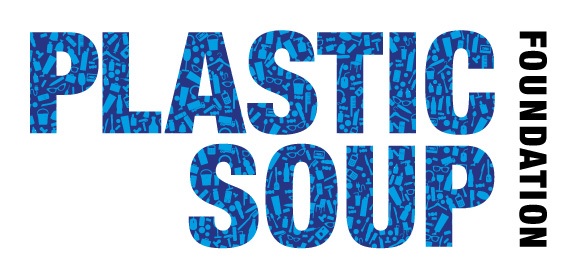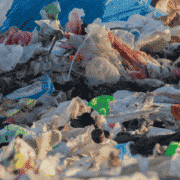4 September 2023
New research on the effects of microplastics on humans and other mammals shows significant behavioral changes due to microplastics added to water and food supplies. These disturbing results were published in the International Journal of Molecular Science at the end of August. The study was conducted by Professor Jaime Ross of the University of Rhode Island.
The researchers looked at the behavioral and inflammatory effects of plastic pollution and where it is located in the body and found that microplastics pollute the body to the same extent as in nature. This has a particularly negative impact on older people.
US professor Jaime Ross studied the neurological effects and inflammatory responses in the body of mice. The animals were given different doses of microplastics through drinking water, after which Ross and her team investigated the accumulation of microplastics in various organs and other tissues of the mice. It was soon found that the microplastics had penetrated everywhere in the body, with the behavior of the older lab mice in particular clearly changing. “We are building on previous research, which has shown that these microplastics move freely through the environment, but also accumulate in the human body, Ross explains. “This led us to study the biological and cognitive consequences of exposure to microplastics.”
Strange movements and behavior
The researchers administered different amounts of microplastics to young and old mice via drinking water for three weeks. Afterwards, they observed all kinds of behavioral changes in the animals and changes in biomarkers in the liver and brain, which are linked to the immune system. The mice started moving strangely and behaving separately. The scientists linked this behavior to dementia in humans. In the older animals, these effects were even more evident than in the young test animals. “We found this very striking. These were not high doses of microplastics at all, yet we saw clear changes after just a short period of time,” says Ross.
“Nobody knows exactly what these microplastics do in the body and how long they remain there. We would like to know more about the effects of microplastics in the human body later in life. Are you then more susceptible to diseases where the immune system is dysregulated and starts attacking your own body?”, Ross wonders.
Through the blood-brain barrier
The researchers cut open the mice and studied a variety of different tissues, including the brain, liver, kidneys, digestive system, heart, spleen and lungs. The microplastics had penetrated all organs, even the brain. They were also found in urine and faeces. “Since we administered the microplastics in our experiment through drinking water, we expected to find them in the gastrointestinal system, liver and kidneys,” Ross says. “But that the microplastics were also in the heart, lungs and brain makes it clear that they can leave the digestive system and reach every corner of the body. It is very difficult for substances to break through the blood-brain barrier – this is a protective mechanism to stop viruses and bacteria – but it seems a breeze for these plastic particles to penetrate deep into brain tissue.”
Less of the crucial protein GFAP
It seems that the microplastics in the brain cause less of the crucial protein GFAP to be produced. “Lower levels of GFAP have been linked to the early stages of neurodegenerative diseases, such as Alzheimer’s and depression,” Ross says. “We were very surprised to find that microplastics in the brain were responsible for a change in GFAP production.” This is one of the main topics for follow-up research. “We want to better understand how it is possible that plastic particles affect the brain’s self-healing ability and how exposure to microplastics can lead to neurological disorders and diseases, such as Alzheimer’s,” Ross concludes.
Maria Westerbos, director Plastic Soup Foundation: “This is very worrying news. If micro- and nanoplastics are fuelling diseases like Alzheimer’s and perhaps Parkinson’s, I wonder how much worse it can get. We are finding out more and more, that plastic is invading our bodies and causing significant damage there.”
You might also be interested in:
Plastic found in the human heart
Plastic Health Council compass to UN Plastics Treaty
Glitter = litter










